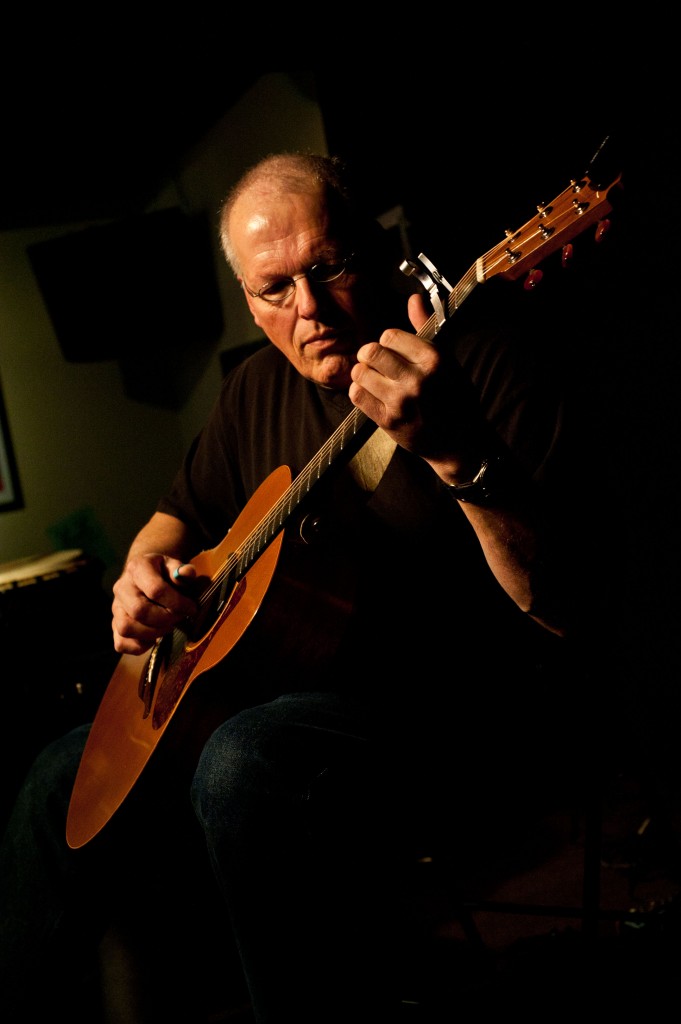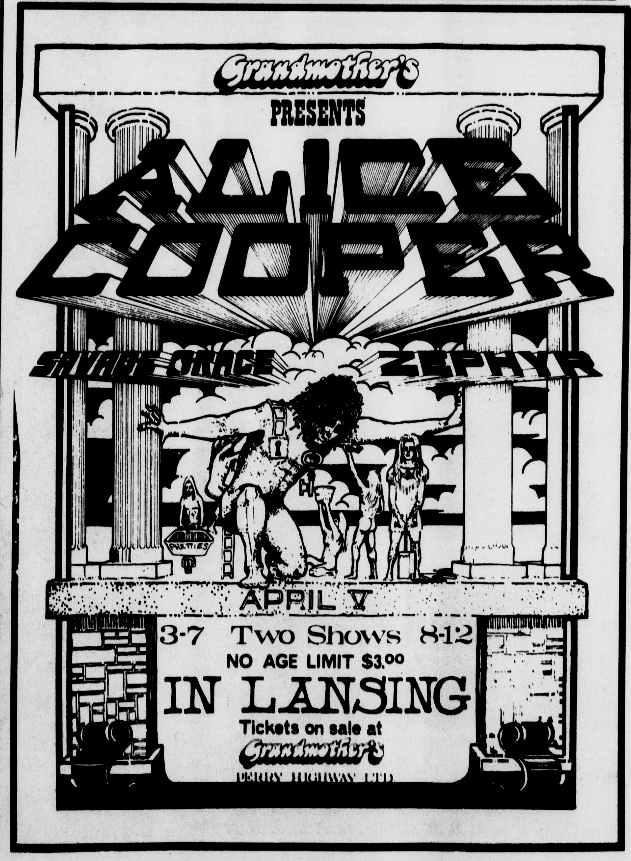


These eight cards are up to each individual pilot, and each come with its own up- and downsides. Other cards that could be a part of these flex slots include, but are not limited to, Dismember, Fire // Ice, Gitaxian Probe, Chain Lightning and more rarely Tarfire. The last six cards, however, are completely meta-dependant and up to personal preference. These 54 cards make up the foundation of RUG, and as a player one needs very strong reasons to make any changes to these cards. These days, we're at six flex slots, and the common "Thresh 54" looks like this: This humble common Transform creature turned out to be a true powerhouse, and it pushed RUG to the very forefront of the format, as one of the best decks - if not the very best deck in Legacy.īack during Caplan's success with the list, it was commonly agreed that 58 of the cards in the main deck were tried, tested and true, and only the flex slots - commonly consisting of either catch-all bounce spells in Rushing River, Wipe Away or very early Snapback, or more threats like Vendilion Clique - were ever up for debate. Innistrad, however, had Delver of Secrets. Up until then, new cards like Green Sun's Zenith, Dismember and maybe above all, Spell Pierce was played in both the main deck and sideboard with varying success. Caplan lists some of his achievements with the list in this article.Ĭanadian Threshold (henceforth known as RUG for the sake of brevity) existed almost unchanged all the way up to the release of Innistrad.

RAINY DAZE SNARE ROD FULL
Caplan's list plays full sets of Spell Snare and Fire // Ice, which one won't see today, and the last two cards were considered "flex slots" even back then, but otherwise it's very similar to the RUG lists of today. Above is essentially the same deck that's still relevant in today's Legacy meta game. It's amazing how much of the deck is still relevant today. UGr Canadian Thresh, by David Caplan, circa 2007-2008 The deck popularised by David Caplan and Lam Phan looked something like this: It was a raw tempo deck, designed to disrupt the opponents early plays with Stifle and Wasteland, land a creature and protect it with Daze and Force of Will, and ride it all the way home. The deck dubbed Canadian Threshold had none of this. In the beginning, Threshold came in very different varieties - some splashed white for Swords to Plowshares and Mystic Enforcer, some played straight blue-green Threshold, some played Counterbalance and Sensei's Divining Top, and some played big-impact cards like Blood Moon and Fledgling Dragon. These decks could be regarded as the progenitors of the first Legacy Threshold lists. In Vintage, around 2005, there was a deck dubbed "Birdsh*t", which paired the disruptive elements of the Fish decks (Stifle, Wasteland, Daze, Force of Will, Misdirection) with creatures like Nimble Mongoose, Werebear and Meddling Mage. In Extended, there once existed a deck known as Gro, an aggro-control deck, blue-green, with a very low mana curve, plenty of cantrips and big green finishers like Werebear and Quirion Dryad. Threshold as a deck has its roots in both the old Extended format and in Vintage. Though the writer's own Magic resume might be modest, other writers with proven skill are quoted or referenced throughout the primer. It uses some common colloquial Magic terminology. This primer was written with new players in mind, but it assumes familiarity with Magic as a game at least. If you're a seasoned player of either the deck, or even perhaps Legacy as a whole, there might be some familiar truths further down. Note: This primer is meant to be extensive.


 0 kommentar(er)
0 kommentar(er)
